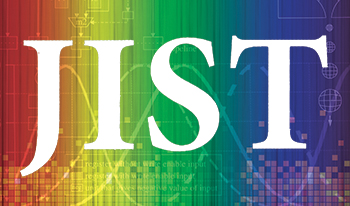

Generative adversarial network (GAN) has attracted extensive attention in color constancy because it allows pixel-wise supervision. However, the misinterpretation of color features and the low sensitivity of the discriminator caused by strong correlation of multiple features limit the learning capability of GAN. To address these issues, we propose a dual-discriminator generative adversarial network (DDGAN), which includes a color feature learning (CFL) module, a feature fusion discriminator (FFD) module and a global consistency constraint (GCC) module. First, CFL pays attention to regions with uniform color to enable the generator to learn distinguishable color information. Second, FFD is a discriminator module that contains two feature extraction branches; one extracts color features and the other extracts globally correlated features. These features are then fused to weaken structural features and enhance the discriminator’s sensitivity to color features. Finally, GCC imposes global consistency constraints to reconsider the structural features weakened by FFD and unify structural features and color features, aiming to obtain more uniform images of colors and contents. Extensive experiments on the ColorChecker RECommended dataset, NUS 8-Camera and Cube datasets show that our DDGAN outperforms other GAN-based methods in terms of five popular metrics.

Fruit peel color is one of the important indicators affecting fruit quality, and is also an important basis for consumers to judge the quality of the fruit. The aim of this work was to explore the changes in peel color and physico-chemical quality of citrus fruits during post-harvest storage. In this paper, three kinds of citrus fruits including Gannan navel oranges, Guangxi Orah and Honey oranges have been chosen as test materials. The basic peel color indexes (L, a, b) of different parts were determined using a spectrophotometer, and the other indexes (a∕b, C, H, s, CCI) were further calculated from the formula. At the same time, the weight loss rate, decay rate, total soluble solids (TSS), titratable acidity (TA), and Brix-to-acid ratio (TSS/TA) were measured during storage. The results showed that during storage, the peel color indexes a, b and C of the three citrus species increased notably and L decreased significantly, while a∕b, s and CCI of Gannan navel oranges and Guangxi Orah gradually decreased. However, the role of change in honey oranges is the opposite. The weight loss rate, decay rate, TSS/TA of all three citrus fruits gradually increased and TA content gradually decreased. The experimental results further showed that there were significant differences in the main peel color indexes between different citrus varieties during storage, and the main peel color indexes of different parts of the same variety also differed.
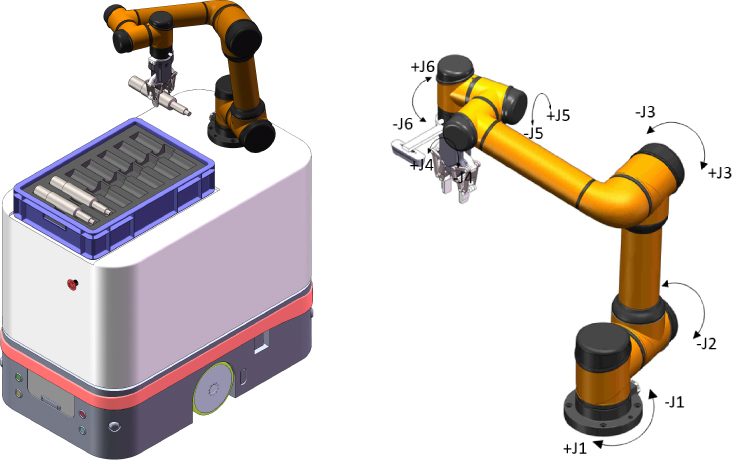
A path planning method based on improved RRT (rapidly exploring random tree) algorithm is proposed for the motion obstacle avoidance problem of a composite mobile robot with a 6-DOF mechanical arm in guide roller production line. First, the kinematic model of the 6-DOF manipulator is established by using the MD–H (Modified Denavit–Hartenberg) parameter method, revealing the mapping relationship between the joint space and the operation space of the manipulator. Second, a trajectory planning algorithm based on quintic polynomial interpolation and a path planning method based on improved RRT algorithm are proposed to carry out motion planning for the manipulator. Finally, the above methods are simulated in MATLAB, and the simulation experiment shows that the motion trajectory of the proposed method can ensure the smooth operation of the robot, and the continuity is improved. There is no obvious vibration during the entire process from the starting point to the end point, and the manipulator motion is stable. The method is feasible. The above characteristics prove the feasibility of the proposed methods. Simulation of the production workshop environment for guiding roller in ROS (Robot Operating System) was conducted. The loading and unloading tasks of steel shaft parts for the guiding roller were completed. The specific application of the proposed motion planning method in the simulation environment was realized, demonstrating the feasibility and effectiveness of the method.
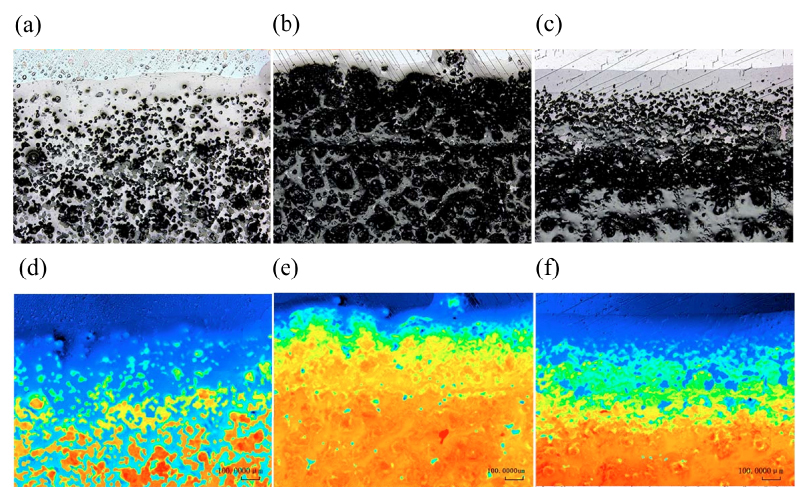
Alternating current electroluminescence (ACEL) is a rapidly evolving technology with wide usage in intelligent and wearable display field owing to its high luminous efficiency and excellent flexibility. The purpose of this research is to develop and optimize the ink formula, create an inorganic ACEL device with dual-emission structure and superior performance, and investigate the effect of pigment concentration on the performance of luminescent ink. Through examination of ink and device performance, the study showed that a pigment concentration of 1:1 provided the best printing adaptability for the luminescent ink. Meanwhile, the device demonstrated the highest luminous efficiency of 77.73% and the maximum luminance of 189.56 cd/m2 at a voltage of 140 V and a frequency of 3000 Hz. This design scheme offers valuable insights for the production of electroluminescent inks with superior printing and luminescent properties, as well as contributing to the advancement of electroluminescent devices.

With the rapid development of multimedia technology, short video apps have become a common form of entertainment for the elderly. Studies showed that participation in short video apps have positive impact on the elderly. However, research on the elderly’s preference for apps designed for them is limited. In this study, the target subjects — the population in demand for using short video apps — are the elderly aged 55–75 years old and in good health in rural areas of northern Anhui. The two objectives of this study are: (1) to analyze the well-known we-media software related to short videos in China; (2) to investigate and explore the elderly’s demand for short video apps through Kano model questionnaire. The results showed the preference of the elderly for interface design, functional content, interaction mode, and information display. The enhancement of these four qualities in the development and design of we-media will not only provide more positive experience for elderly users, but also ensure the design suitability of we-media for them.
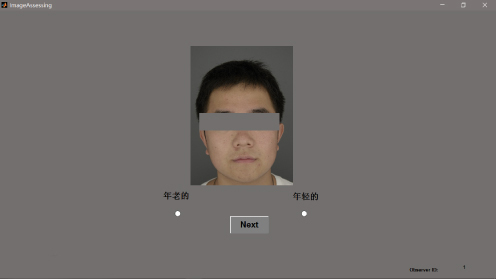
Skin colour has a potential connection to facial impressions. For CG (computer graphics) character designing, tuning the skin colour to build a required character is a vital procedure. The previous findings provide essential suggestions to build an attractive face, but are still insufficient for the Artificial Intelligence (A.I.) system to build characters with different personalities and impressions. The present study investigates the relationship between skin colour and multiple categories of impression attributes based on a psychophysical experiment. Four attributes, which represent 23 attributes from personality and impression, were selected based on the principal component analysis. The relationship between these attributes and the hue angles was demonstrated which can be used to guide the AI system for character designing.
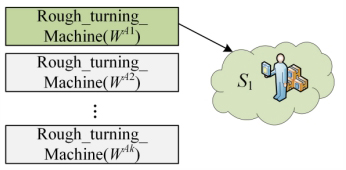
In order to solve the difficulty in searching equipment manufacturing resources during outsourced processing of guide roller production operation for printing machine, this paper proposed an optimal selection method of cloud manufacturing resource for guide roller based on the combination algorithm of extensible clustering and fuzzy analytic hierarchy process (FAHP). First, the ontology model of cloud manufacturing demand (CMD) and cloud manufacturing resource (CMR) for guide roller are established based on the production process characteristics of the guide roller. Then, extension clustering algorithm was improved based on cloud manufacturing characteristics of guide rollers, and the improved extension clustering algorithm and FAHP were combined to achieve the selection of optimal guide roller production equipment CMR. Finally, the experimental analysis was conducted on the guide roller manufacturing data from Shaanxi Beiren Printing Machinery Co., Ltd. The results of the experiment demonstrate the feasibility and effectiveness of the proposed method. In summary, the above method can provide assistance for the intelligent and service-oriented transformation and upgrading of guide roller production and manufacturing.
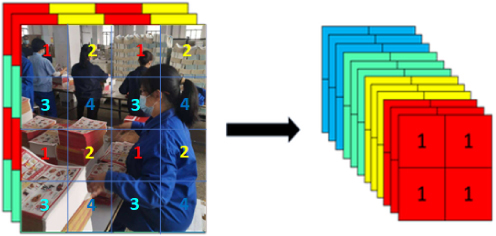
To solve the problem of low accuracy of existing target detection algorithms in complex environments in a printing workshop, we propose a new target recognition algorithm based on YOLOv5 algorithm. First, the new algorithm uses an efficient channel attention mechanism (ECA) to enhance the extraction of workers’ facial features. Second, it introduces a weighted bidirectional feature pyramid network (BiFPN), which enhances the ability to extract features at different scales of images and effectively improving the accuracy of target recognition. Subsequently, it replaces the original loss function with the efficient intersection over union (EIoU) loss function, which makes the prediction box closer to the real world situation and improves the algorithm recognition accuracy. Finally, an enhanced dataset is created to address the low confidence of the model due to low number of samples wearing masks and side face samples in the original dataset. Based on the experimental results, the average accuracy of the improved algorithm model reached 91.1%, an increase of 2.2% over the original model, and the average accuracy of the data-enhanced algorithm model reached 93.8%, an improvement of 4.9% over the original model. The model’s F1 score of 94.1 was the highest of all models tested, meeting the detection needs of printing shop workers wearing masks. The improved YOLOv5 algorithm proposed in this paper achieves real-time detection of mask-wearing workers in the printing shop, which can replace manual detection and reduce personnel costs.
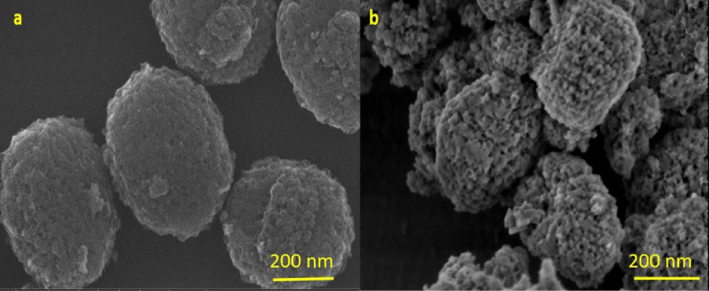
Zeolite BEA with microporous and mesoporous structure was prepared through alkali etching of traditional zeolite BEA. The changes of crystal form, pore structure and morphology of zeolite before and after treatment and its purification effect on ink wastewater were studied. The effects of zeolite amount, treatment time and treatment temperature on COD and chroma removal rate of ink wastewater are systematically studied. The results show that the alkali-etching-modified zeolite BEA maintains the crystal structure and morphology of zeolite, and has higher specific surface area, pore volume and pore size distribution. Under the optimal treatment conditions, the alkali-etching-modified zeolite BEA has higher removal performance than the traditional zeolite BEA. The COD and chroma removal rates of ink wastewater can reach 98% and 99% at 15 min and 30∘C.